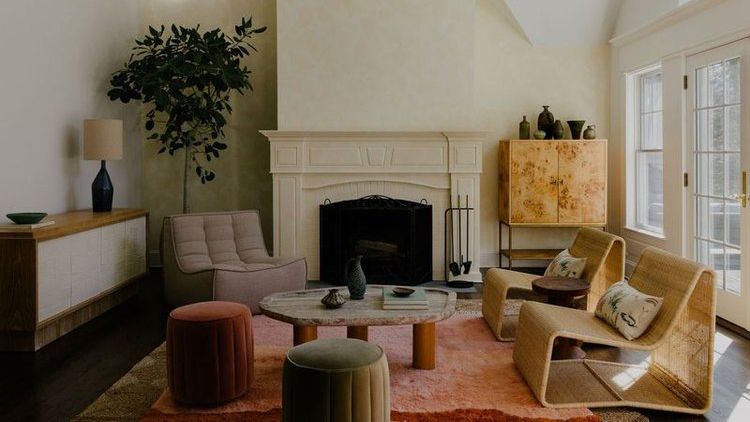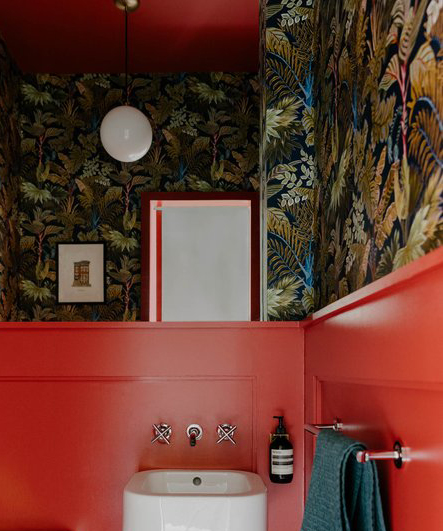
Interior designer Emma Kemper is one of Homes & Gardens' new Editors-At-Large for By Design, sharing her thoughts on decor through her lens of soft light, vintage pieces, and a sepia-tinged palette. See the rest of her articles here.
As I sit down to write this, I’m 8.5 months pregnant with my third child. You might expect me to be deep in the throes of nesting – folding tiny onesies, organizing closets, and rearranging furniture in a flurry of preparation. But the truth is, I haven’t felt that instinct this time, or with the two before. Perhaps it’s because decorating, designing and organizing spaces is what I do every day; when it comes to my own home, the internal switch just hasn’t flipped.
What I have been thinking about, though, is how the spaces we raise our children in shape their earliest impressions of what ‘home’ means – and, more subtly, how these impressions can influence their design sensibilities later in life. In my first book, House Rules, I explore the importance of finding inspiration in our own histories, particularly the homes we grow up in. These memories become deeply personal design references. No one else has your exact point of view, and that’s what makes your design perspective uniquely yours.
I grew up just outside New York City, in a town where many of my friends’ homes were painted in neutral tones – beige walls, beige carpets, beige sofas – the kind of palette that defined the 1990s, when Tuscan-inspired interiors were all the rage. My own home couldn’t have been more different. The entire open-concept first floor was drenched in bold, unapologetic brick red, some walls painted, others wallpapered, creating a vibrant backdrop for family life.
The kitchen hadn’t been updated since the house was built in 1952, complete with original linoleum floors, vinyl countertops, and aging appliances. It’s the one space my mother has since renovated – now brown and red, her signature style – but the rest of the house remains largely unchanged, a vivid reminder of my childhood and the bold design choices that shaped it.

Most notably, every room is still filled to the brim with inherited furniture – some of it beautiful, most of it mysterious, and none of it easy for my mother to part with. She can trace the lineage of nearly every object and, to this day, loves to point to a shelf and remind me that a particular man-shaped shot glass figurine was brought over from Russia by a great-great-uncle escaping the pogroms, or that a hefty carved stone from Alaska is apparently quite valuable and must never be discarded.
Looking back, the house was chaotic, layered, and deeply lived-in. And, while perhaps as a natural reaction to the visual richness, I’ve created a more edited and intentional environment in the home I’m raising my children in, I often wonder what elements they’ll carry with them as markers of their childhood. What fabrics, colors, objects, or patterns will define ‘home’ for them? Will it be the feel of a certain rug underfoot, the print of the wallpaper in their bedroom, or the shape of the vintage chair we all fight over?
There’s a quiet power in the details we choose to live with. Even if our children aren’t consciously aware of them now, they’re being imprinted with ideas – about comfort, beauty, identity, and belonging. We may not always get to decide what memories stick, but we can be intentional about the environment in which those memories are made.
And maybe that’s what nesting really is, in the end – not just organizing the drawers or preparing the nursery, but quietly, consistently shaping the backdrop for a lifetime of memories yet to be made. My mother did that instinctively, and now, in my own way, I’m doing the same.







